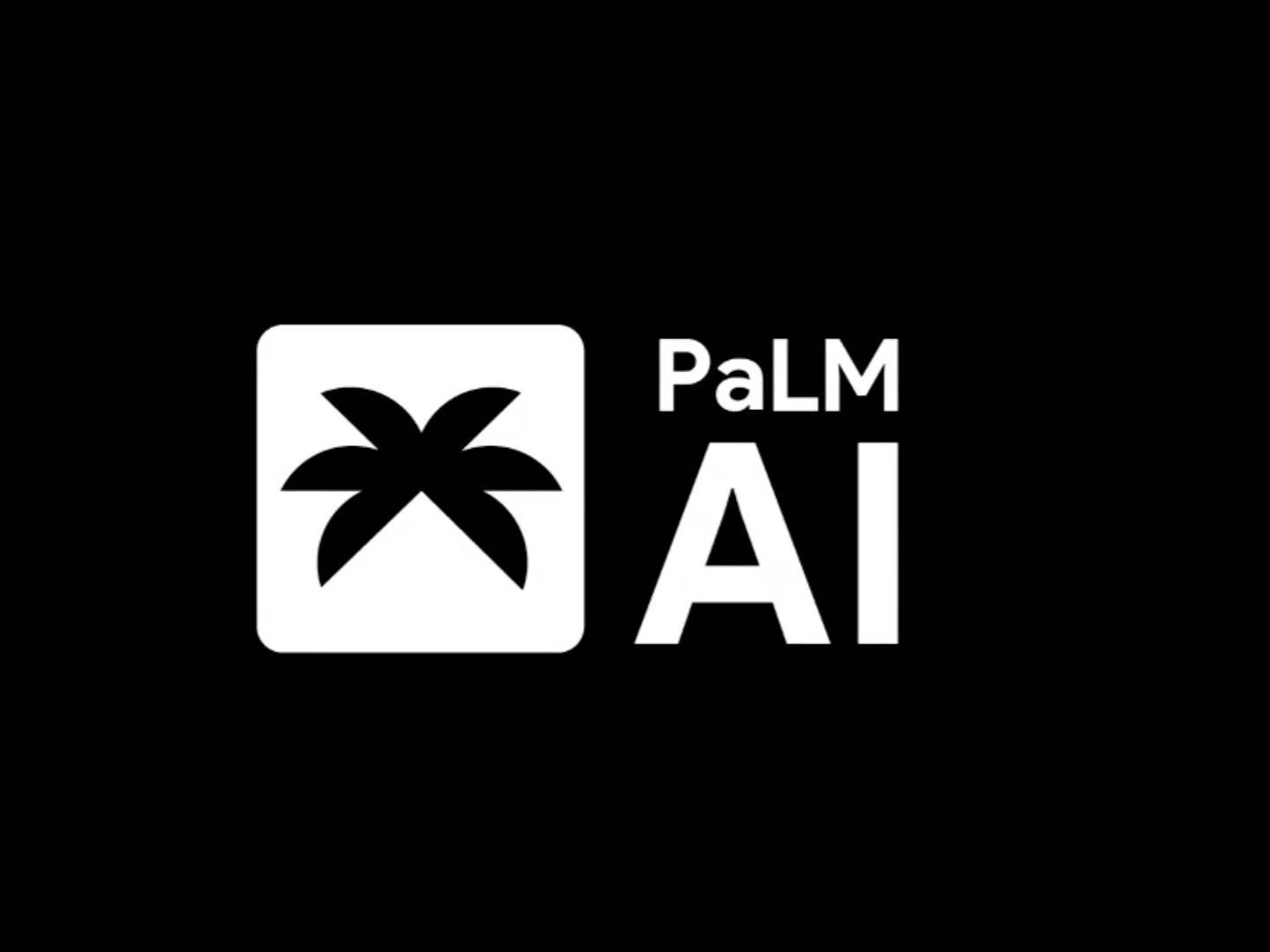订阅 wiki
Share wiki
Bookmark
PaLM AI
PaLM AI
PaLM (Pathways 语言模型) 是 Google 在 Pathways 架构下开发的第一个大型语言模型,旨在同时管理多个任务,高效适应新任务,并展示对复杂信息的更全面理解。[2] [12]
概述
PaLM AI 利用 Google 的 Pathways 系统在 6,144 个 TPU v4 芯片上扩展训练,代表了迄今为止用于语言模型训练的最大的基于 TPU 的配置。训练过程采用跨两个 Cloud TPU Pod 的数据并行和每个 Pod 内的标准模型并行。该模型在广泛的多语言数据集上进行训练,包括网络内容、文学作品、维基百科、对话和源代码,并使用自定义词汇表,旨在保留对自然语言和编程代码都很重要的结构。
该项目采用分阶段去中心化方法,每月将 5% 的开发转移到链上,直到达到目标平衡,大约一半的活动直接在 Ethereum 或 Layer 2 网络(如 SKALE)上运行。该模型于 2022 年 4 月首次发布,并在 2023 年 3 月之前保持私有,当时 Google 推出了 PaLM 和几项相关技术的 API。[1][4] [11]
模型架构和功能
该模型在几个关键领域表现出卓越的性能:
- 常识推理:PaLM 可以理解和回应需要日常知识和逻辑推理的问题
- 算术推理:该模型可以通过逐步推理解决数学问题
- 笑话解释:PaLM 可以分析和解释幽默,展示对文化背景和语言细微差别的理解
- 代码生成:该模型可以生成跨多种编程语言的功能代码
- 翻译:PaLM 支持多种语言之间的高精度翻译 [1] [12]
专门变体
Med-PaLM
Med-PaLM 由 Google 和 DeepMind 联合开发,是 PaLM 540B 的一个版本,已在医疗数据上进行了微调。除了简单地准确回答问题外,Med-PaLM 还可以为其回答提供推理并评估自己的答案,使其在医疗保健环境中特别有价值。[7]
PaLM-E
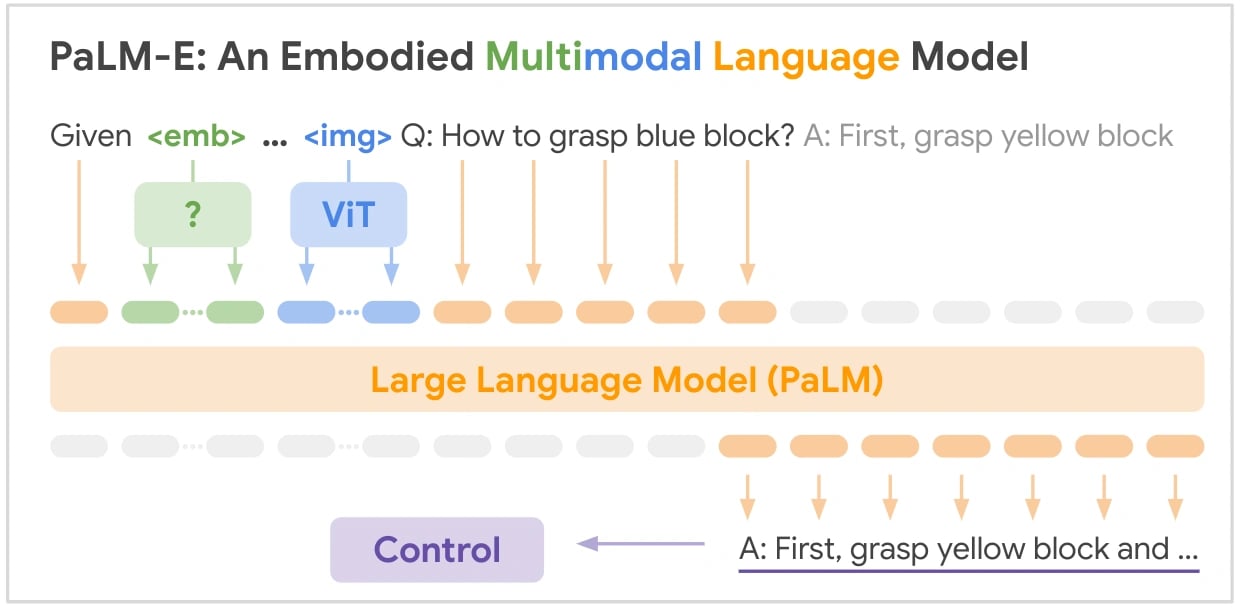
PaLM-E 使用视觉转换器扩展了基础模型,创建了一个用于机器人操作的最先进的视觉语言模型。该模型可以竞争性地执行机器人任务,而无需重新训练或微调,从而展示了底层架构的灵活性。[8]
AudioPaLM
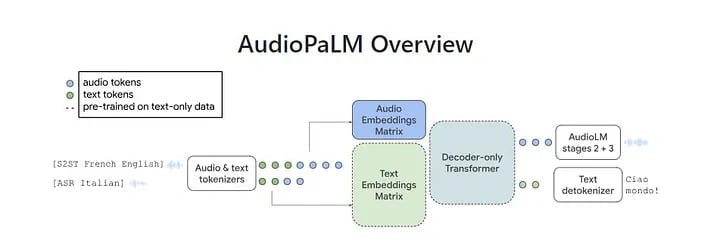
2023 年 6 月,Google 宣布推出用于语音到语音翻译的 AudioPaLM,它使用 PaLM-2 架构和初始化。它是一种多模态语言模型,将 PaLM-2(基于文本的模型)与 AudioLM(基于语音的模型)集成在一起,以实现语音理解和生成。这种组合架构允许一系列应用,包括语音识别和语音到语音翻译,通过处理和生成口语和书面语言。[9]
演变和后继模型
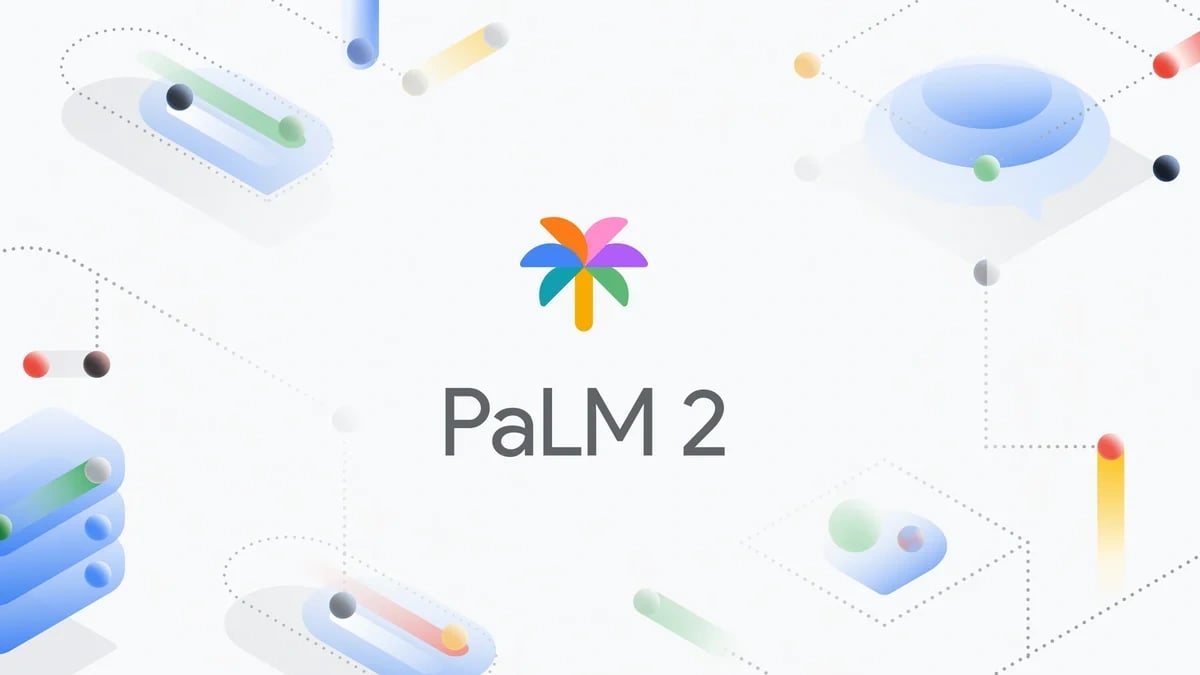
2023 年 5 月,Google 在年度 Google I/O 主题演讲中宣布 PaLM 2 作为原始 PaLM 模型的后继者。PaLM 2 是一种先进的语言模型,旨在提高多语言理解、推理和编程方面的性能。它在涵盖 100 多种语言的各种多语言语料库上进行训练,使其能够处理复杂的语言任务,如翻译、成语理解和细致的文本生成。该模型的训练还包括科学和数学内容,从而增强了其逻辑和推理能力。此外,PaLM 2 已经在广泛的开源代码上进行了预训练,支持广泛使用的编程语言以及更专业的编程语言。[10]
代币经济学

PaLM AI 代币 ($PALM)
$PALM 代币在 Ethereum 网络上推出,旨在支持正在进行的机器人开发,保持对 Telegram 上最新大型语言模型的访问,并作为生态系统中可交易的流动资产。[5] [6]
$PALM 代币的总供应量上限为 1 亿个。其中,在销毁总供应量的 22.5% 后,仍有 7750 万个代币在流通。在推出时,2000 万个代币 (20%) 被永久从流通中移除,随后又销毁了 250 万个代币 (2.5%)。很大一部分,7500 万个代币 (75%),被分配给流动性以支持交易可访问性。剩余的 5%(500 万个代币)保留用于潜在的未来发展,包括中心化交易所上市。[5]
合作伙伴关系
PaLM AI 已与 NFINITY AI 建立合作伙伴关系,以在创意人工智能领域进行合作。合作的重点是整合两个平台的工具,包括 PaLM AI 的系统和 NFINITY 的 Creator Studio 和 $NFNT 实用程序,这些实用程序利用了生成式 AI 的进步。该合作伙伴关系是在 Token2049 活动期间建立的,反映了对扩展 AI 中的创意应用的共同关注。[13]
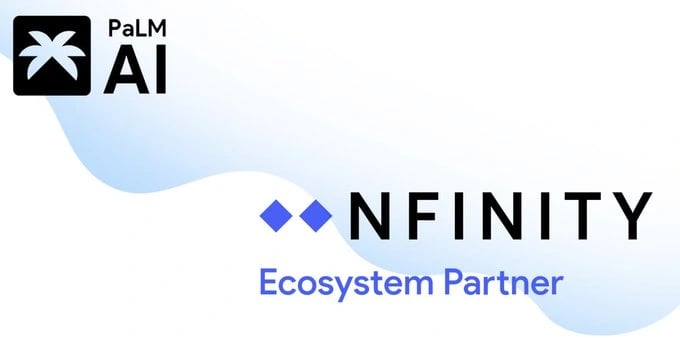
PaLM AI 已与 The Guru Fund 建立合作伙伴关系,以将支持基金的 智能合约 集成到其自动化交易系统中。此合作旨在促进 PaLM 生态系统内的资金池管理。更多详细信息和发展将在即将到来的社区讨论中公开分享。[14]
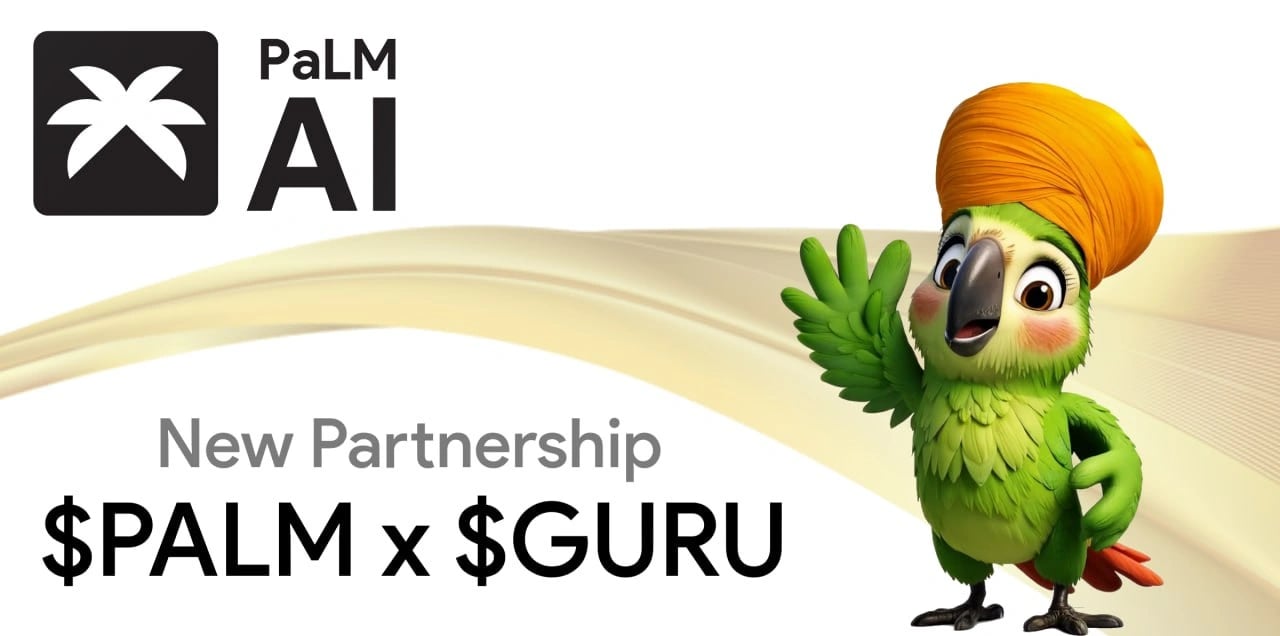
PaLM AI 已与 GameHub ($GHUB) 合作,GameHub 是一个专注于 Telegram Mini App 生态系统内的 Web3 游戏的平台。合作的重点是将游戏化功能集成到 PaLM 的产品套件中,包括开发边玩边赚 (P2E) 和玩家对玩家 (PvP) 游戏。作为合作伙伴关系的一部分,已推出一款自定义游戏,其中包含 $PALM 代币机制,利润的一部分分配给代币销毁以影响流通供应。[15]
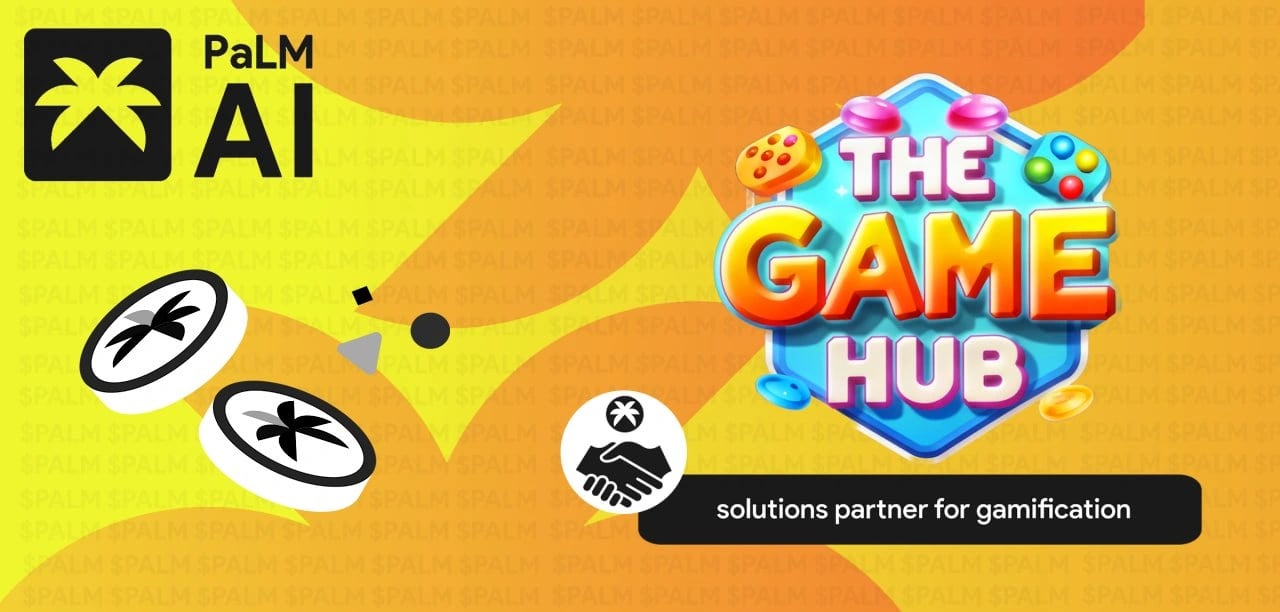
发现错误了吗?
